Heart health isn’t just about skipping the drive-thru – it’s about taking control of what actually goes into your body every day.
Meal tracking (writing down what you eat) might sound like something only fitness influencers do, but it’s actually one of the most powerful tools for protecting your heart. And no, you don’t need to weigh your chicken breast on a food scale or count every almond.
Let’s break down why tracking your meals matters for your heart, which foods to focus on, and how to make this habit stick without going crazy.
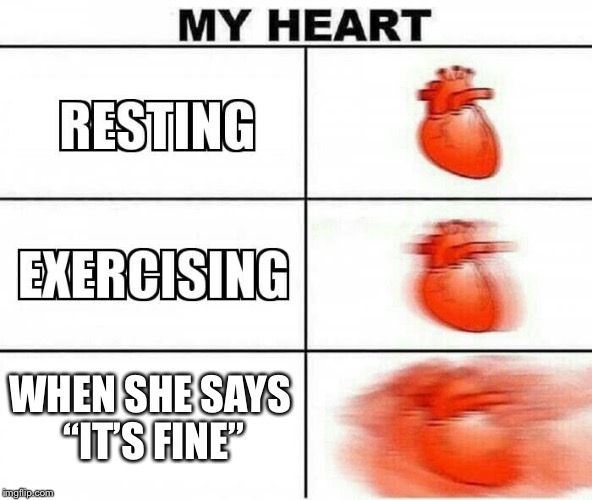
Why Tracking Your Food Actually Helps Your Heart
Your heart is basically working 24/7 without breaks or vacations. The least we can do is feed it properly. When you track your meals, you’re doing several important things for your cardiovascular system:
- Watching portion sizes so you don’t accidentally eat 2,000 calories of “heart-healthy” nuts in one sitting
- Keeping an eye on sodium, saturated fat, and sugar – the three horsemen of heart problems
- Making sure you get enough heart-protecting nutrients from a variety of foods
- Maintaining a healthy weight which takes literal pressure off your heart
- Spotting patterns in your eating that might be sabotaging your health goals
Studies show that people who track their food make better choices – not because tracking magically changes the food, but because it makes you aware of what you’re actually eating.
As Harvard Health Publishing notes, just the act of writing down what you eat can help you consume fewer calories without feeling deprived.
Heart-Healthy Eating Patterns That Actually Work

Not all “diets” are created equal when it comes to your heart. Some have decades of research backing them up:
The Mediterranean Diet: More Than Just Olive Oil
This isn’t about eating pizza with a side of wine (sorry). The Mediterranean diet includes:
- Tons of vegetables, fruits, and whole grains
- Healthy fats from olive oil, nuts, and seeds
- Fish a couple times a week
- Limited red meat
- Moderate red wine (optional, not required!)
According to the American Heart Association, people following this pattern have up to 30% lower risk of cardiovascular events.
DASH Diet: Not Just For Blood Pressure
DASH stands for Dietary Approaches to Stop Hypertension, and it’s all about:
- Lowering sodium (under 2,300mg daily, ideally 1,500mg)
- Emphasizing fruits, vegetables, and whole grains
- Including low-fat dairy and lean proteins
- Limiting added sugars and processed foods
Plant-Forward Eating: You Don’t Have To Be Vegan
Plant-based doesn’t mean never eating meat – it means making plants the star of your plate. Research shows even shifting somewhat toward more plant foods helps reduce:
- Cholesterol levels
- Blood pressure
- Body weight
- Diabetes risk (a major heart disease factor)
Foods Your Heart Actually Wants You To Eat
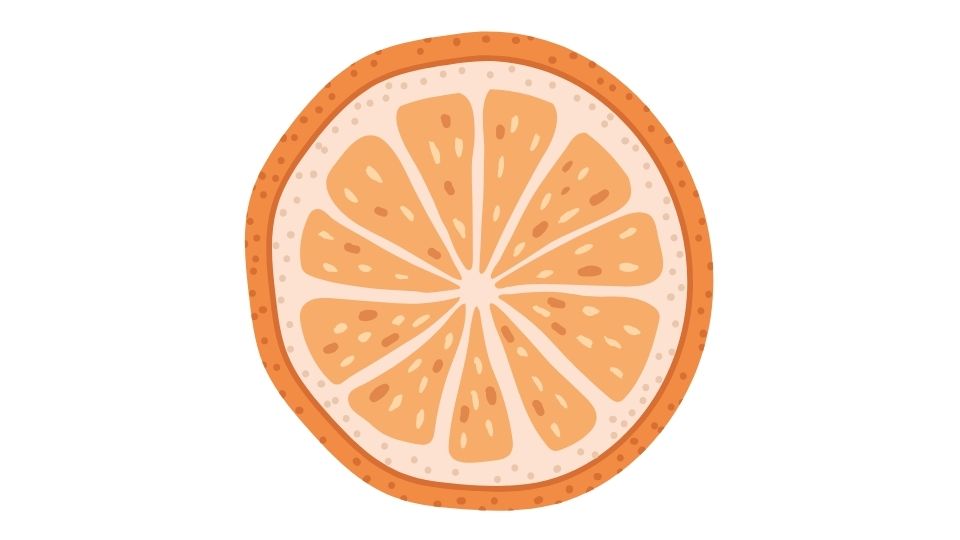
When tracking your meals, try to include these heart heroes regularly:
- Leafy Greens – Spinach, kale, and other greens contain compounds that help your arteries function better
- Fatty Fish – Salmon, mackerel, and sardines pack omega-3s that fight inflammation
- Whole Grains – Oats, quinoa, and brown rice have fiber that helps lower cholesterol
- Nuts and Seeds – A handful daily provides heart-protective fats and protein
- Berries and Citrus – These fruits are loaded with antioxidants that protect blood vessels
- Olive Oil – Use it as your primary cooking oil for its monounsaturated fat content
The Cleveland Clinic recommends these foods specifically for their research-backed benefits to cardiovascular health.
Foods That Are Basically Heart Attackers
Your heart would prefer you limit these troublemakers (not eliminate completely – we’re realistic here):
- Saturated and trans fats – Found in fatty meats, full-fat dairy, fried foods, and baked goods
- Added sugars – Soda, candy, and even many “health foods” hide these
- Excess sodium – Processed foods, restaurant meals, and the salt shaker all contribute
- Too much alcohol – More than 1-2 drinks daily can raise blood pressure and triglycerides
It’s Not Just What You Eat – It’s How Much
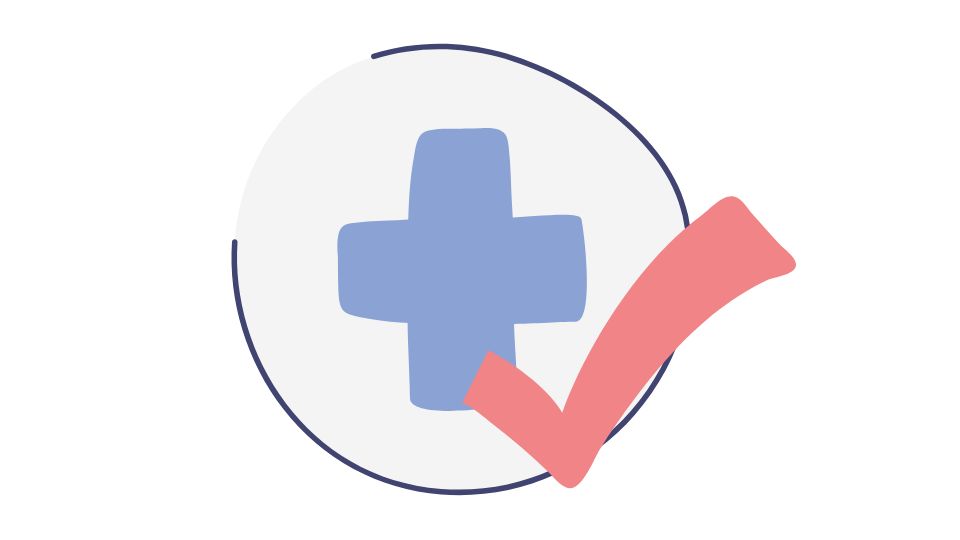
You can overdo even the healthiest foods. That’s where tracking really shines – it shows you your actual portions versus what you think you’re eating.
Some portion control hacks:
- Use smaller plates (seriously, it works)
- Measure oils and nuts (calorie-dense foods)
- Stop eating when you’re 80% full
- Track calories to understand your true intake
Making Meal Tracking Actually Doable
Let’s be real – you’re not going to track your meals if it’s complicated or time-consuming. That’s why I recommend using tools that make it simple.
One standout option is text-based tracking. Services like MealByMeal let you simply text what you ate and automatically calculate the calories and nutrients.
No need to search databases or scan barcodes – just text “turkey sandwich with avocado and an apple” and you’re done.
The beauty of this approach is that it meets you where you are – on your phone, which is already in your hand anyway.
What makes tools like this work for heart health specifically:
- They track sodium, saturated fat, and other heart-relevant metrics
- They show patterns over time so you can see your progress
- They’re fast enough that you’ll actually use them consistently
- They provide accountability without judgment
According to the Journal of Medical Internet Research, digital tracking tools significantly improve dietary adherence compared to paper methods.
Beyond Food: Other Heart Helpers
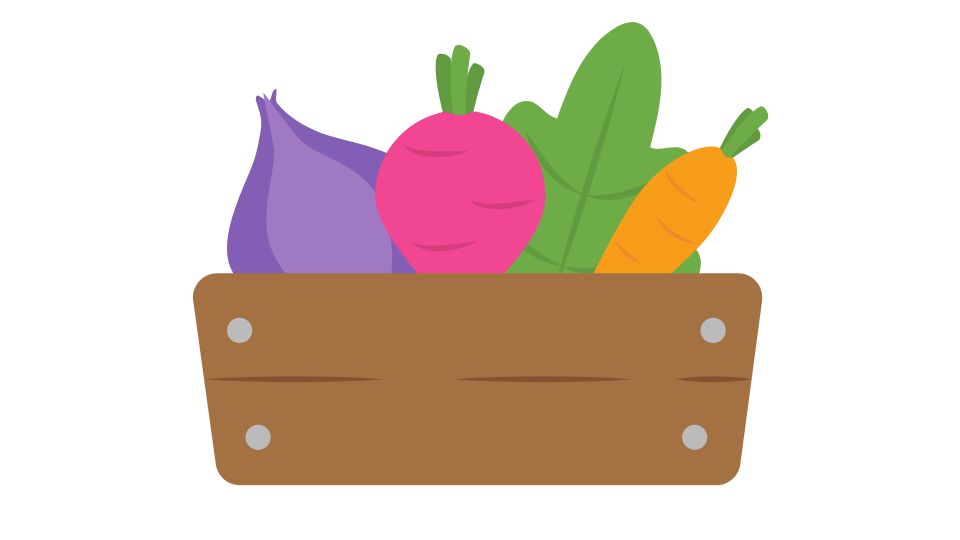
While we’re focused on meal tracking, remember these other heart essentials:
- Move regularly – 150 minutes weekly of moderate exercise is the minimum target
- Manage stress – Chronic stress damages heart health (meditation helps!)
- Sleep well – Poor sleep raises blood pressure and inflammation
- Don’t smoke – Obviously, but had to mention it
The Bottom Line
Tracking what you eat isn’t about obsession or perfection – it’s about awareness. Your heart will thank you for paying attention to what fuels it.
You don’t need to track forever, either. Many people find that after a few months, they’ve developed better habits and intuition about heart-healthy eating.
Start simple: track just one meal a day, or focus on weekdays only. Even partial tracking will teach you valuable lessons about your eating patterns and help you make gradual improvements that protect your heart for the long haul.



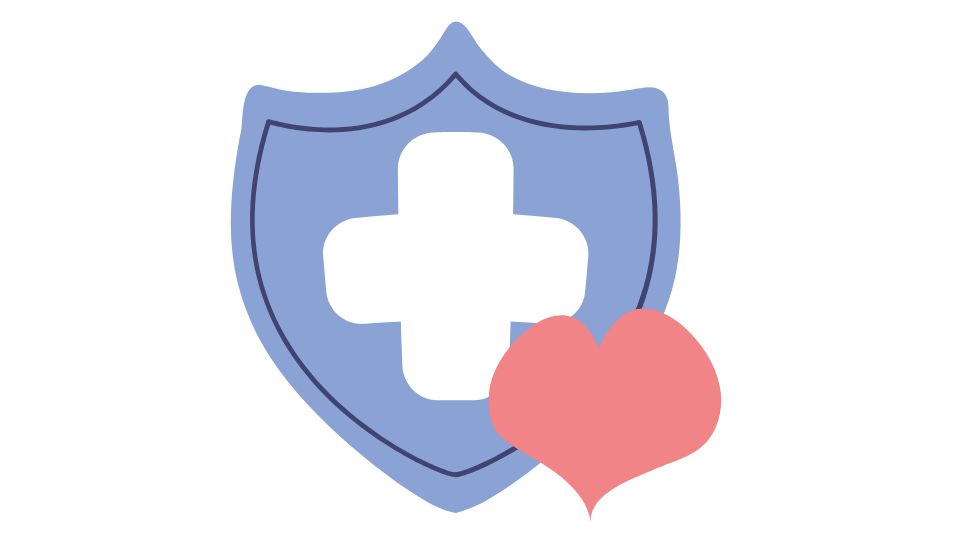
Leave a Reply